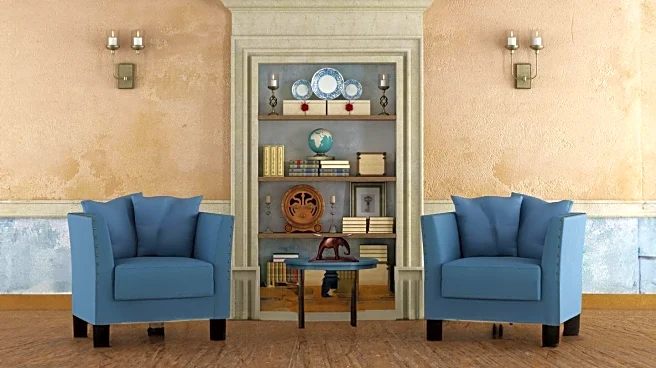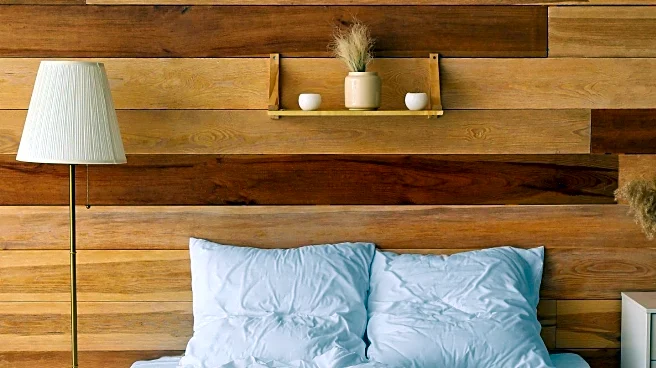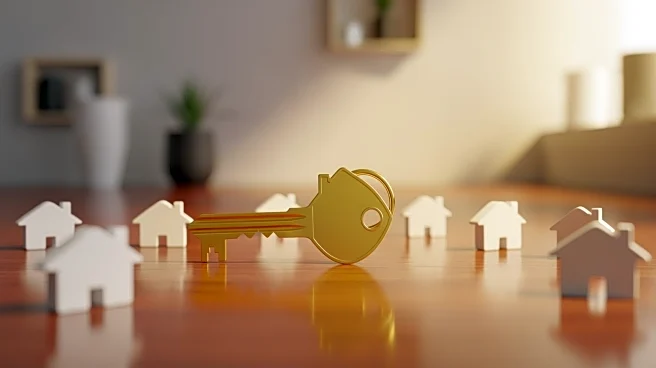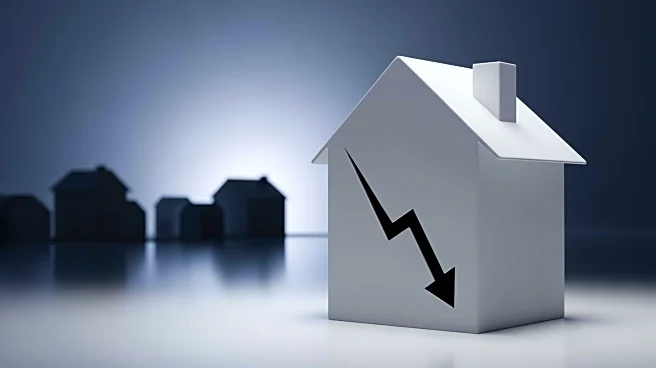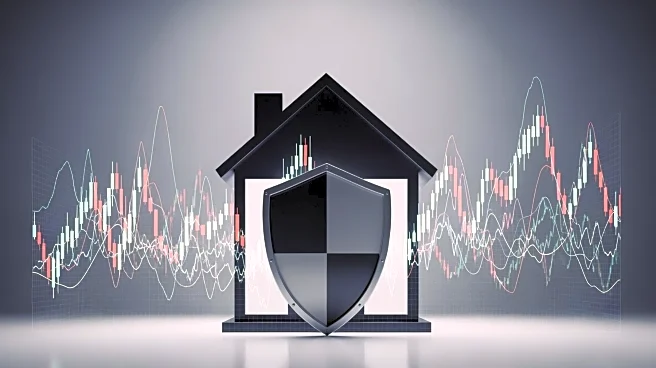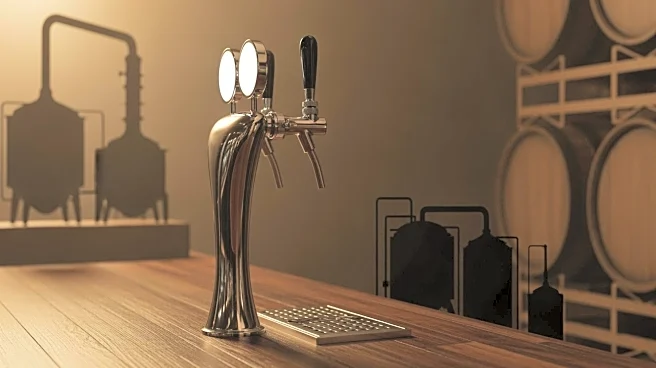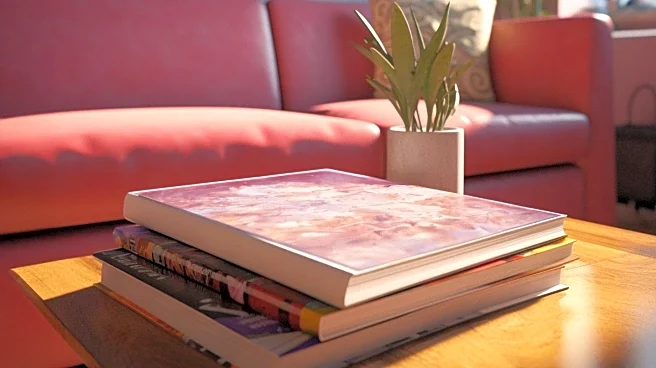What's Happening?
A TikTok video has gone viral after a homeowner discovered a hidden treasure beneath her carpet—a pristine, patterned tile floor in an 1870s Victorian home. The video, shared by user @mellyreidhome, has amassed
1.4 million views, capturing the attention of viewers who are fascinated by the home's historical charm. This discovery highlights a broader trend where homeowners are increasingly investing in restoration projects to preserve historical features that were previously concealed by renovations. According to a 2024 survey by Houzz, median spending on home renovations in the U.S. has risen by 60 percent from 2020 to 2023, indicating a growing appreciation for original architectural details.
Why It's Important?
The resurgence in interest for historical home features reflects a shift in consumer preferences towards authenticity and character in real estate. As the global population increases, the demand for housing grows, leading individuals and families to value personal space and comfort. This trend is not only driving up renovation spending but also enhancing the value of homes with preserved historical elements. The real estate market, valued at $4.13 trillion, is projected to grow significantly, with historical charm becoming a coveted feature. This shift could influence future real estate developments and renovation practices, emphasizing the importance of maintaining architectural heritage.
What's Next?
As the trend of restoring historical features continues, it is likely that more homeowners will seek to uncover and preserve original elements in their homes. This could lead to an increase in the availability of specialized services and materials for historical restorations. Additionally, real estate developers might incorporate more historical design elements into new constructions to meet consumer demand. The ongoing appreciation for historical charm may also influence policy decisions regarding the preservation of older buildings and neighborhoods.
Beyond the Headlines
The growing interest in historical home features raises questions about the ethical implications of modern renovations that erase architectural history. As more homeowners and developers prioritize historical preservation, there may be a cultural shift towards valuing and protecting architectural heritage. This could lead to increased advocacy for policies that support the conservation of historical sites and structures, ensuring that future generations can appreciate the craftsmanship and design of past eras.
